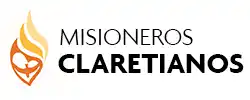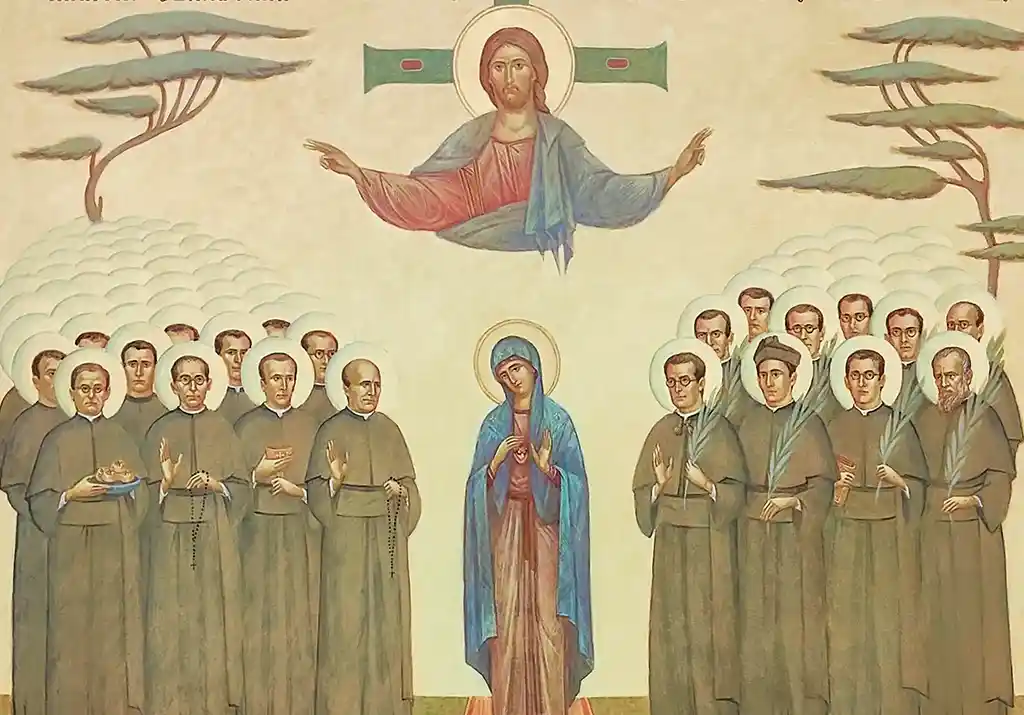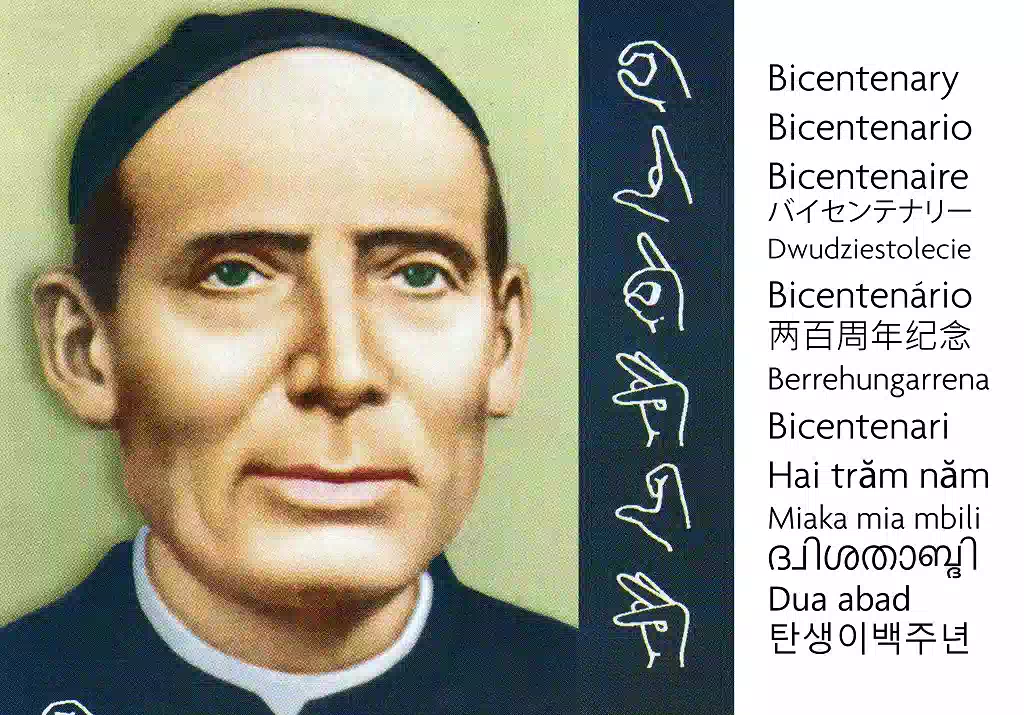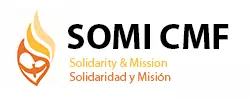The U.S. authorities have divided the U.S. – Mexico border into nine sectors. ‘El Paso Sector’ which comprises the westernmost 88 miles of the Texas (USA)-Mexico border and all of the 180-mile New Mexico (USA)-Mexico border and is in the middle of the nine sectors. For the last several years, border cities like El Paso were catching the eyes of everyone because of the influx of asylum seekers from Central and South American countries. For decades, adults, families, and unaccompanied children have been arriving at the U.S.-Mexico border to seek protection from the dangers in their home countries.
The Trump Administration put a halt to this situation by introducing Migrant Protection Protocols (MPP) (also known as ‘Remain in Mexico’ policy). It is one year since the new policy was introduced. The MPP has completely changed the migration narrative. By this policy, the Administration has made the entry into USA hard, and makes asylum seekers remain in Mexico until the visa evaluation process is over. Thus, thousands of individuals and families including children were forced to wait many months in Mexico, without any assurance. Further, another few thousand were deported from the USA and sent to Mexico. An estimated 60,000 asylum seekers have been sent back to Mexico under the Remain in Mexico program. All those waiting until their cases decided by US officials undergo multiple socio-economic, psychological difficulties and life threats. The migrants have also reported kidnappings, sexual assaults, and other violence.
The U.S. government provides no support to individuals sent back to Mexico, leaving people to fend for themselves. Many are homeless during their waiting period in Mexico. At Ciudad Juárez border, the Mexican government has a created shelter that can house several hundred. But there are still several thousand looking for safe shelters and facilities to have a decent life. The Catholic diocese of Ciudad Juárez, Religious Congregations and other NGOs are providing private shelters and housing for some individuals sent back under MPP. They are also organizing many activities to support, assist and advise the immigrants.
There is a Claretian Community at the border, which belongs to the Province of Mexico, established with the collaboration of the US-Canada and Mexico provinces. The Claretians are serving at Our Lady of Hope parish, which is the largest parish in the diocese of Ciudad Juárez. Apart from taking care of the pastoral needs of the residents and the immigrants, the community is involved in several other social activities including psycho-social counselling, and in working with the laborers in the many factories of the city. Fr. Carl Quebedeaux, CMF from the Province of US-Canada is fully engaged in the migrant ministry, working with many civil society groups including the Casa del Migrante of the diocese of Ciudad Juárez. The community has also converted one of the houses of the mission station of the parish into a shelter for the asylum seekers. Over forty immigrants (asylum seekers) from different Central American countries are housed in this shelter. This shelter is an urgent need, and a very timely response of the Claretian community and the two provinces. This Claretian Migrant ministry still needs additional financial and personal assistance to provide quality services and protection to the thousands of migrants and refugees affected by multiple problems, psycho-social, economic and political. As an UN agency on migration, the International Organization for Migration (IOM) coordinates many of the activities of the Civil Society Organizations.









